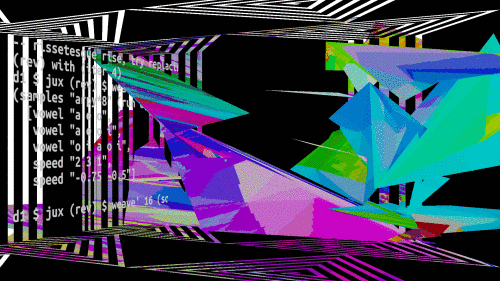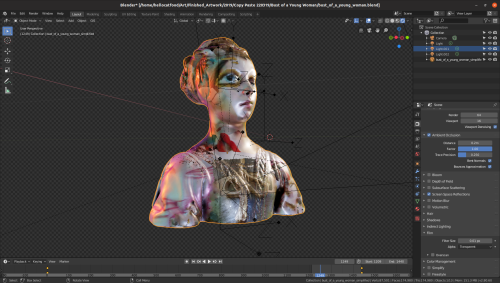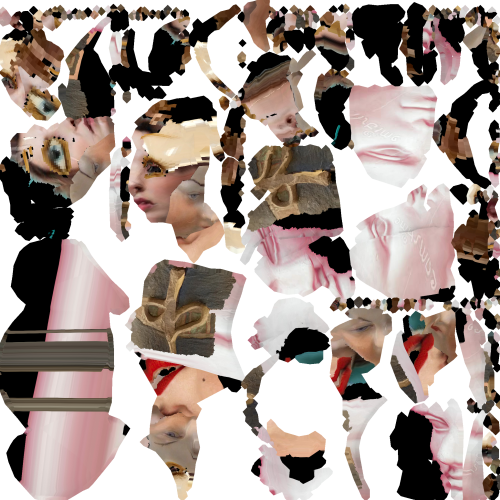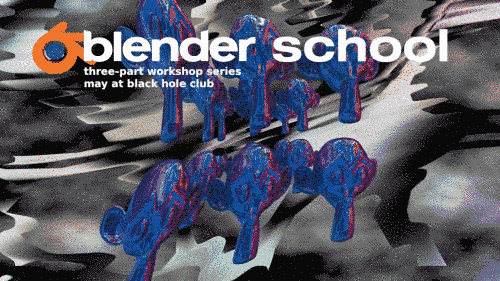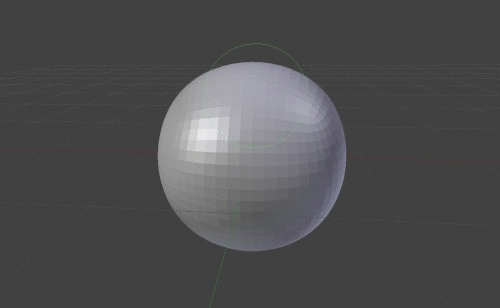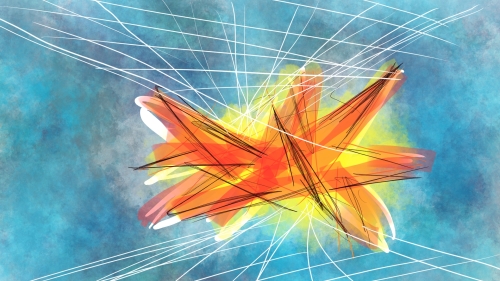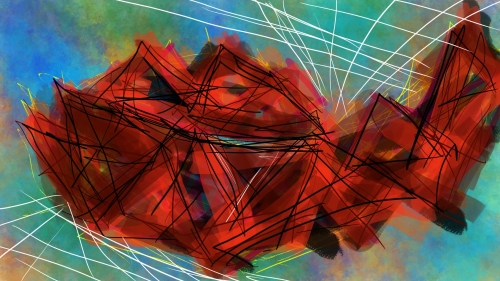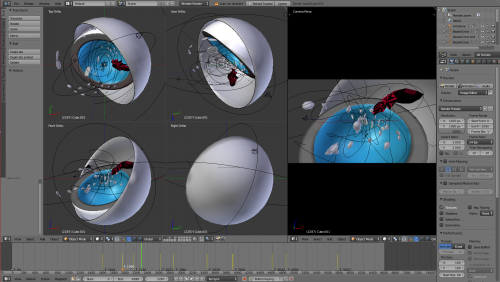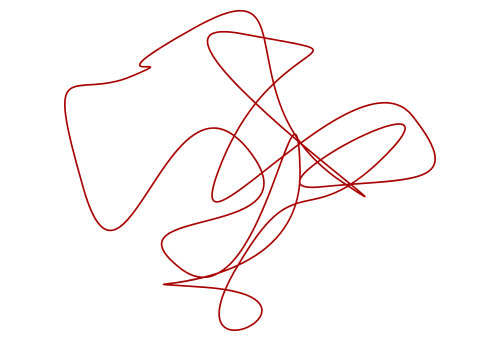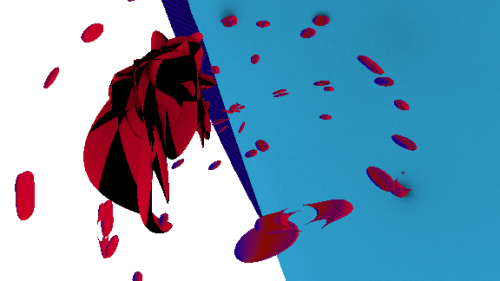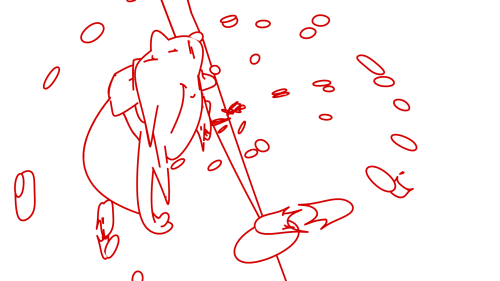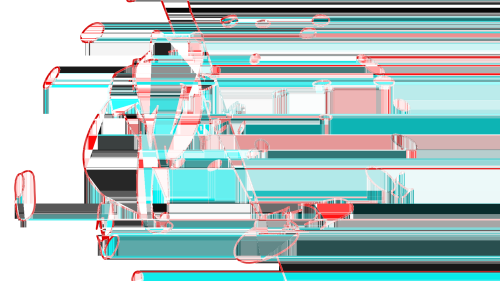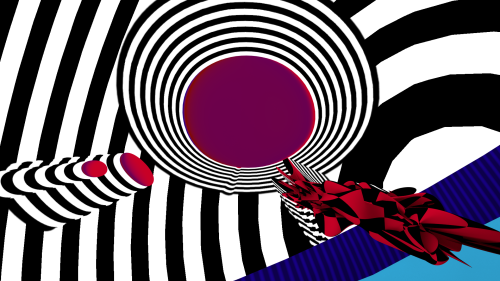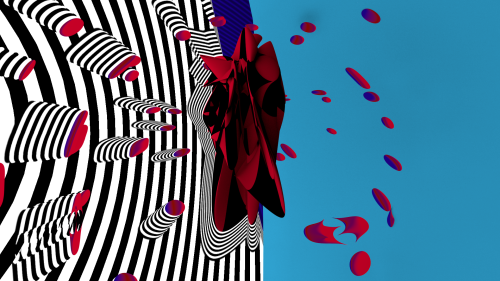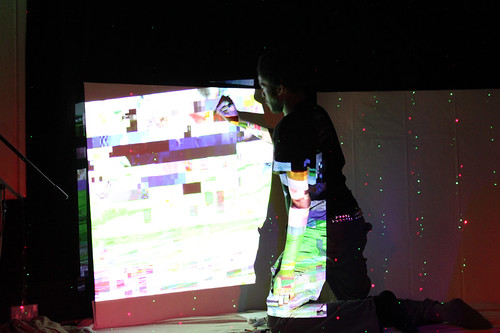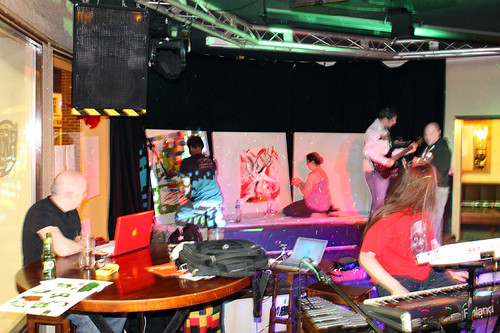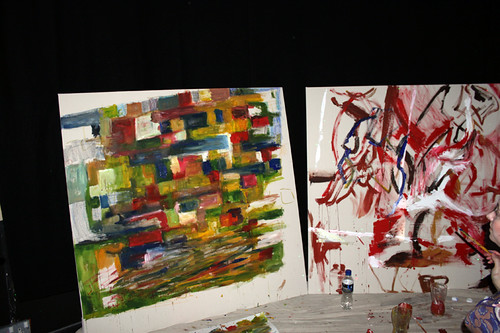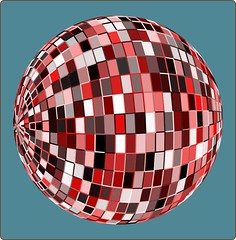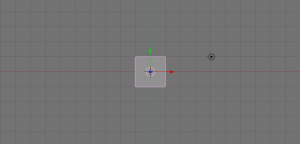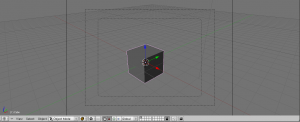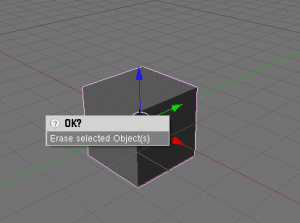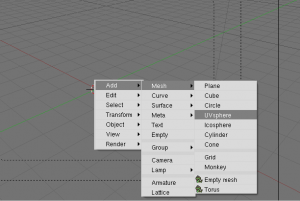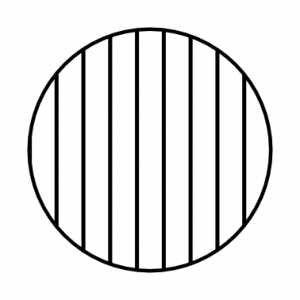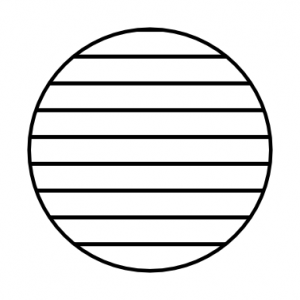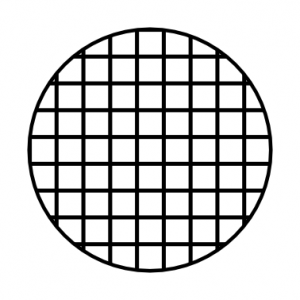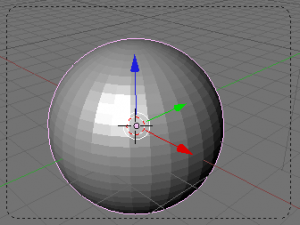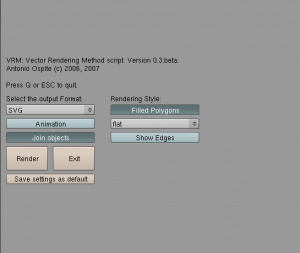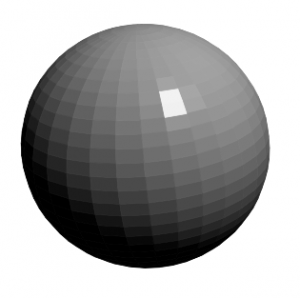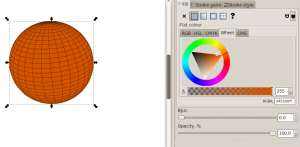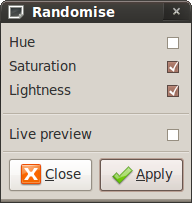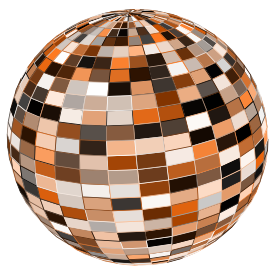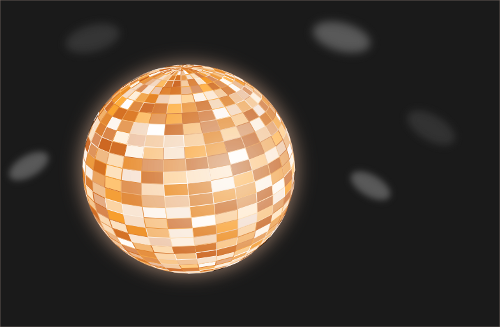For the Algorave at British Library in April I was asked to make a promotional video for it, which proved a difficult but for a very specific reason. I wanted to emphasise the liveness of live coding and show code being typed. For this I used the code supplied with Alex McLean aka Yaxu’s excellent Peak Cuts EP.
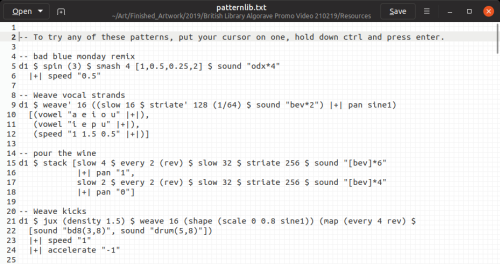
The effect of having the text appear word-by-word or letter-by-letter is often called the typewriter text effect. I’ve previously written about how to do this in Pure Data/GEM. I needed to have a bit more control than what I got in PD, and I needed to export as transparent pngs so this solution wouldn’t work.
Kdenlive once had such an effect built into its title editor. Other solutions that used Kdenlive use a mask to reveal the text, which produced more of a fading in effect that wasn’t ideal. It was also a lot of manual work! I had several hundred lines of text so doing this was going to add a lot of time.
Natron was the next contender. Since 2017 it has had a plugin for doing typewriter text but it’s a bit broken. In theory in gives me the most flexibility in how I create it but in practice I still can’t get it to render!
I also considered using ImageMagick and was even provided with a solution (that was written for Windows). As much as I like automation and command line software, for this very visual task I needed to see what I was working on.
Finally, I turned to Blender, which gave me a few options, including rendering the text as 3D objects within the Blender project itself. After failing to get this Blender addon to work I tried using Animation Nodes. Following a tutorial I was able to set up quite a typewriter effect quite quickly. However, this is where I encountered a bug. After around 10 frames of the text were rendered the rest of the frames would take forever to render. Even in EEVEE each frame was taking about 10 minutes to render. I have no idea why this was. Perhaps it’s because 2.8 is in beta. Maybe because Animations Nodes for 2.8 is also in beta. Beta beta beta. Either way it wasn’t working.
So I thought maybe I could “bake” the animation which would remove the Animation Nodes dependency and maybe speed up the render. Sadly this was also not to be. Text objects can’t be baked 🙁
In the end I had to do an OpenGL render of the animation to pngs with a transparent background. How this differs from a normal render is that it renders the viewport as is. So if you have your gizmos on there it’ll render them out as well. Not ideal but it worked.
I would like to think it all stopped there but it did not.
Blender can have a video or series of images be a texture. However, at the time this was not possible in 2.8 using EEVEE. To my joy, however, this was implemented only a couple of days after i needed it!
